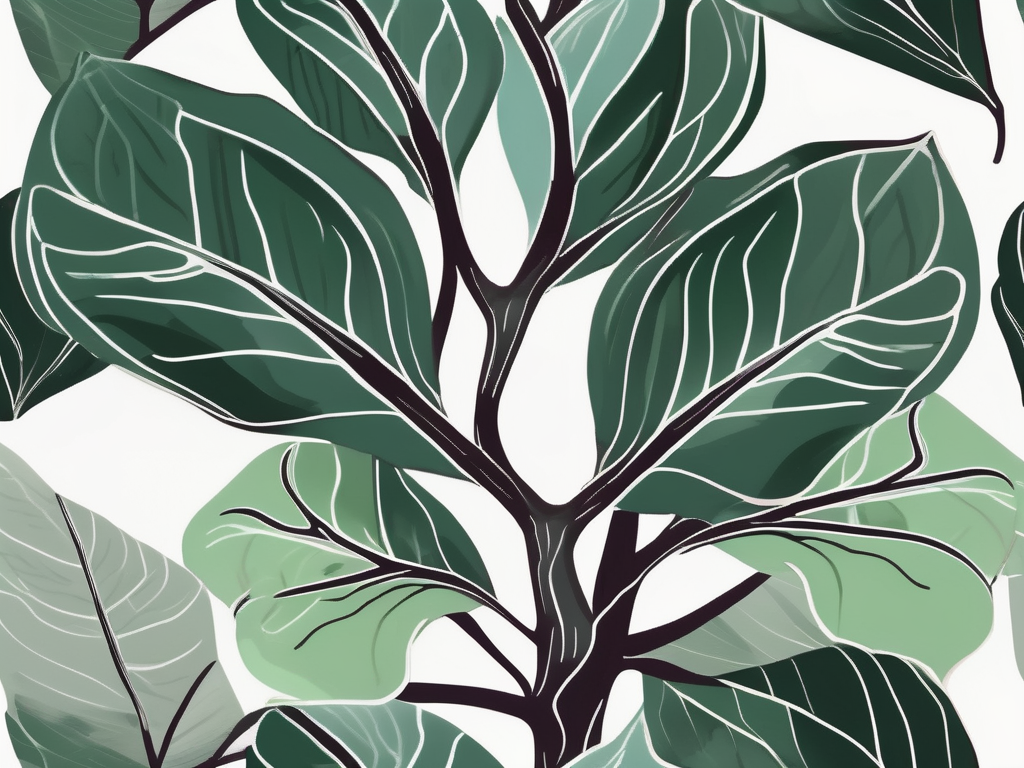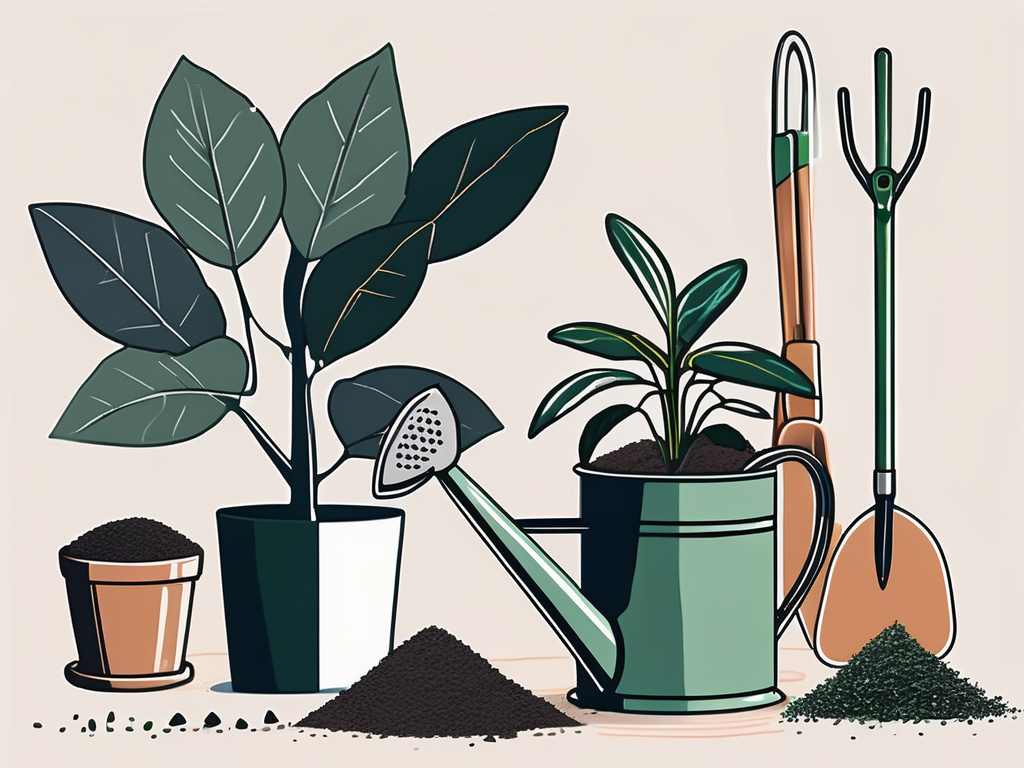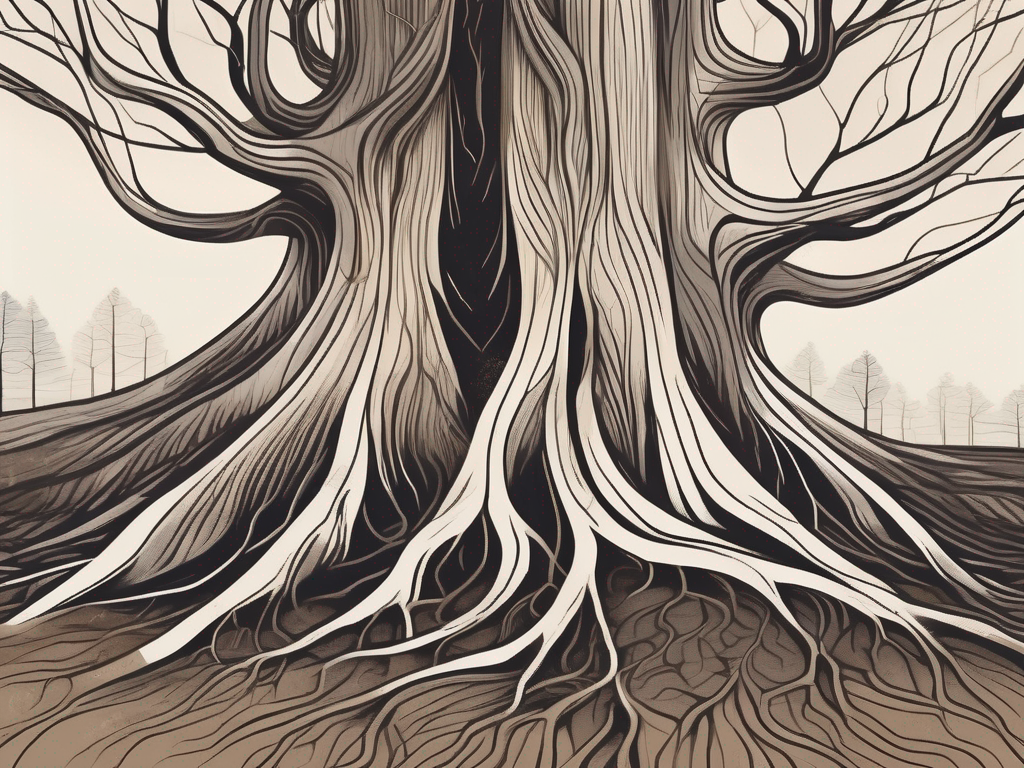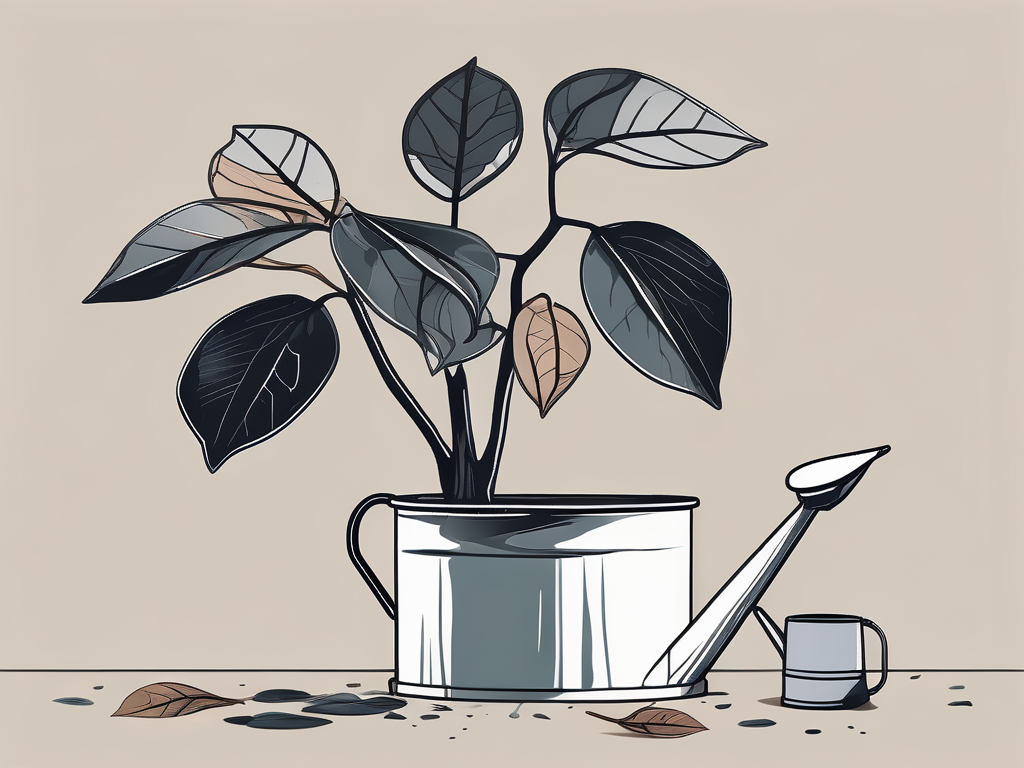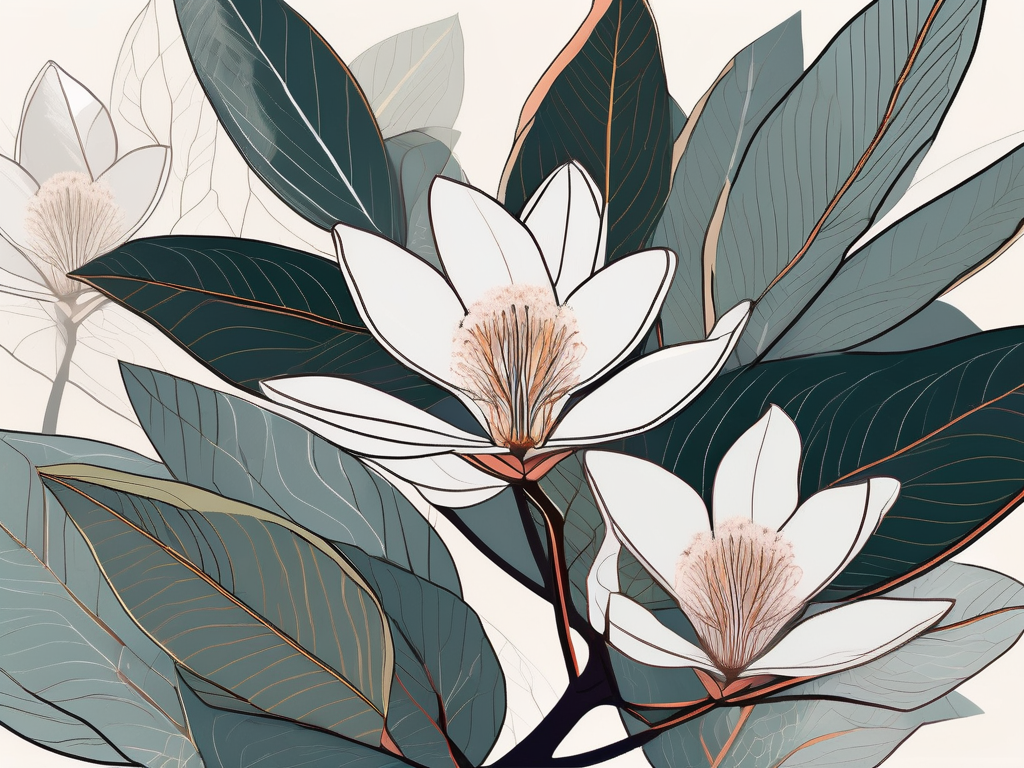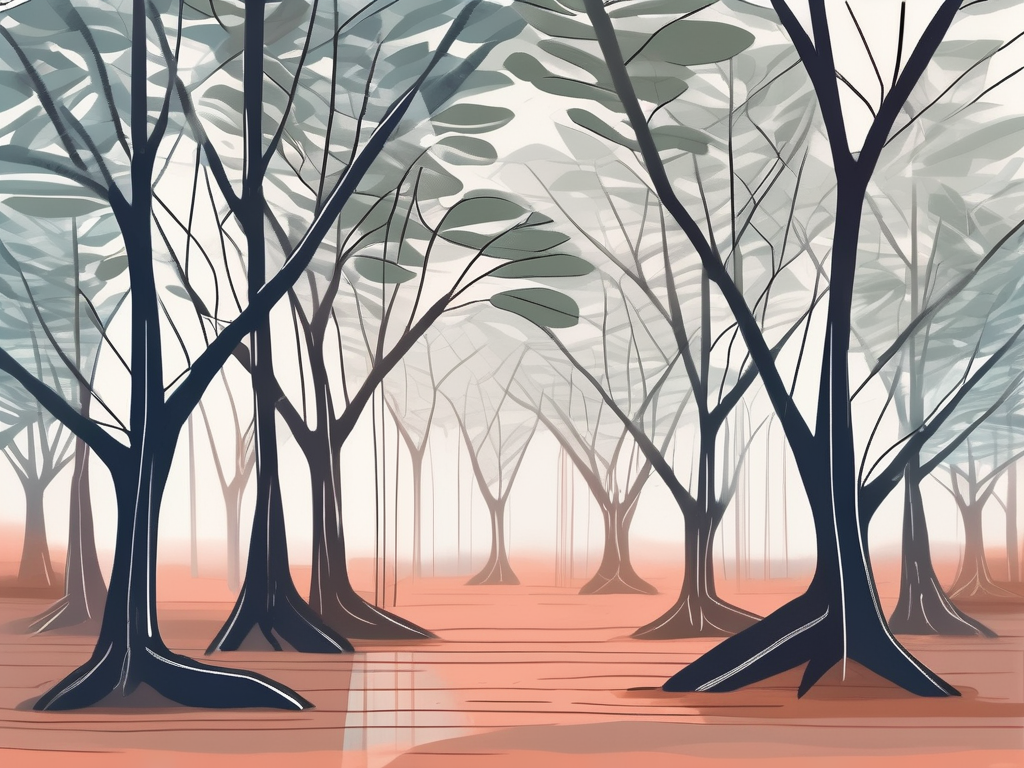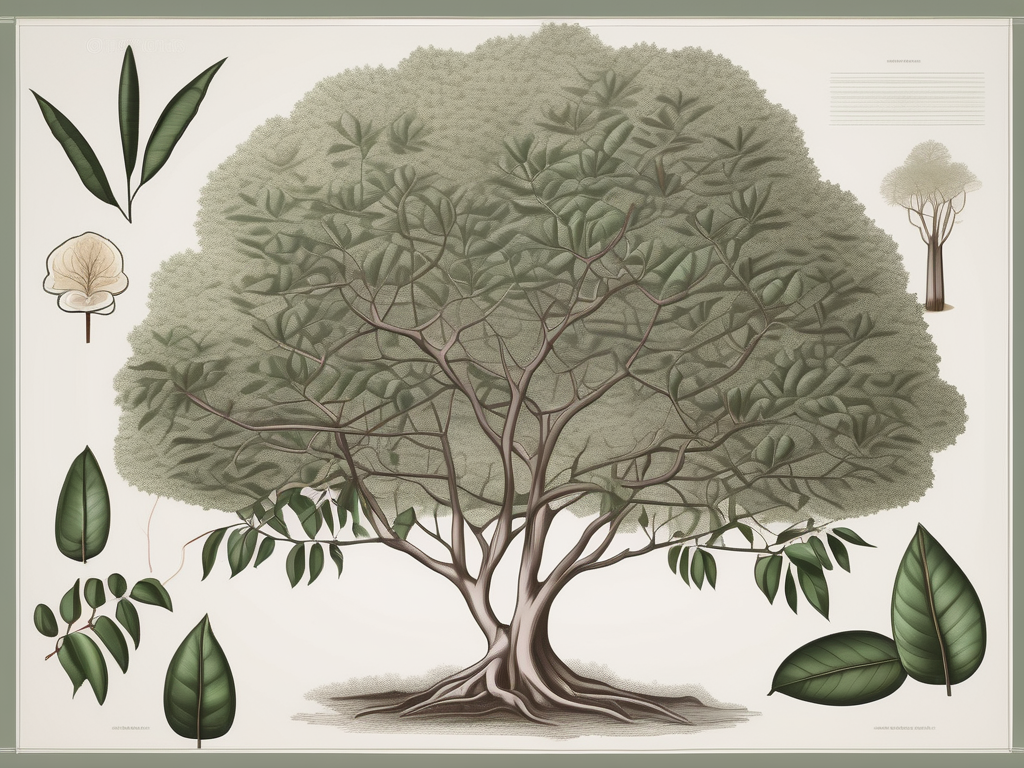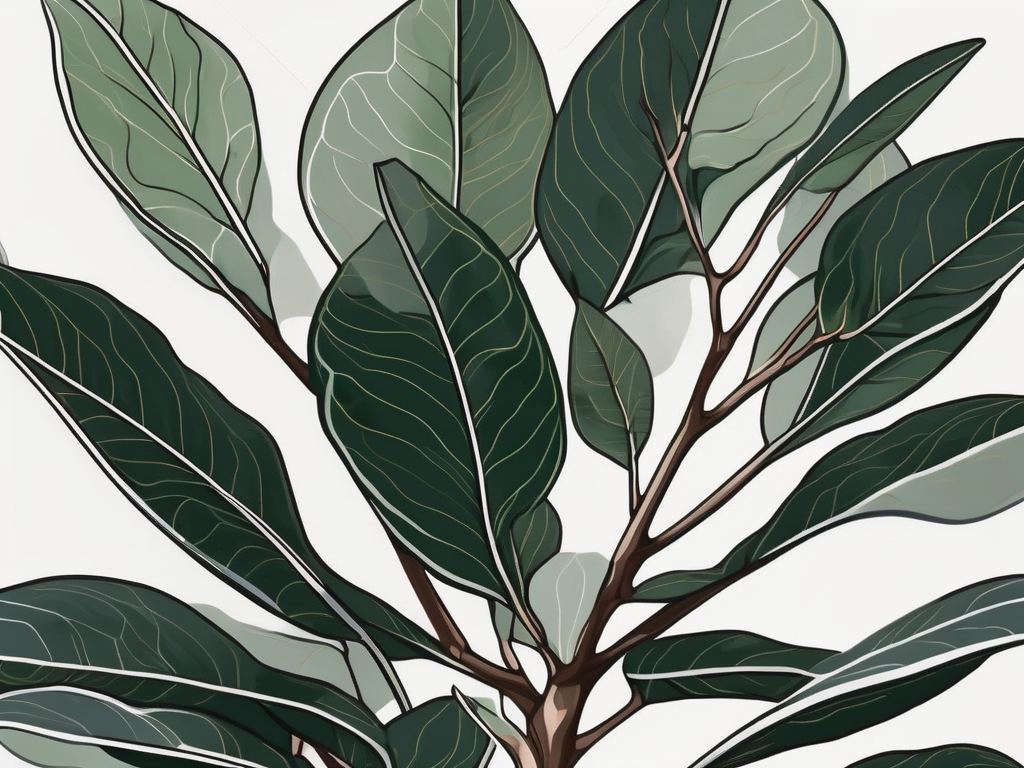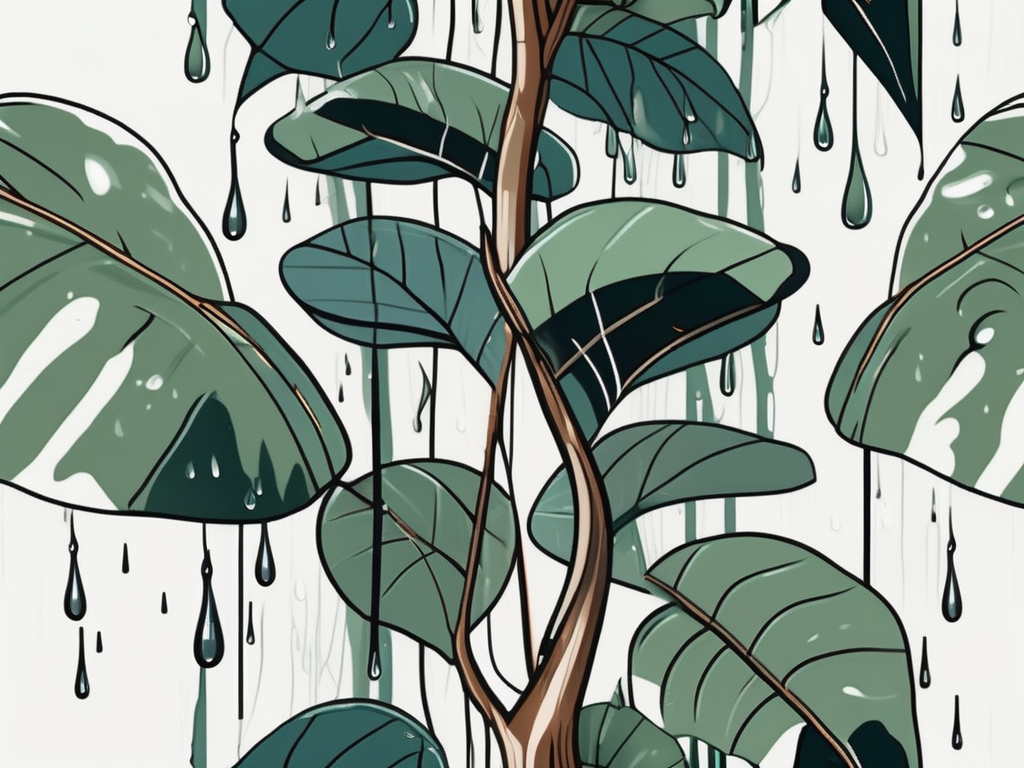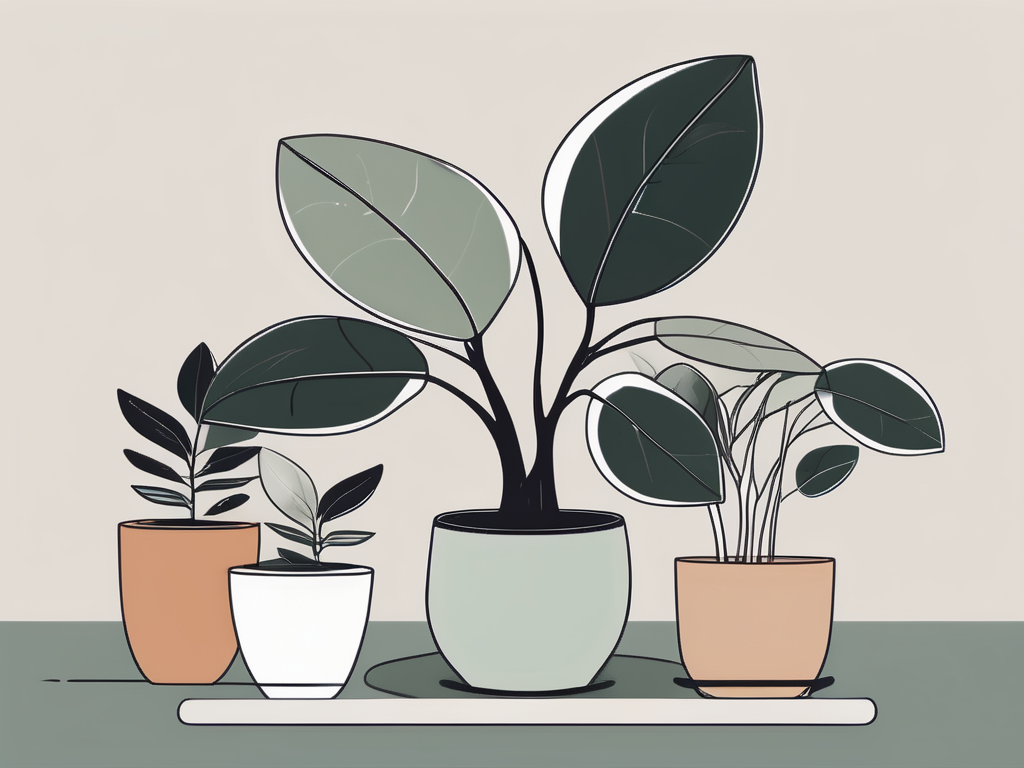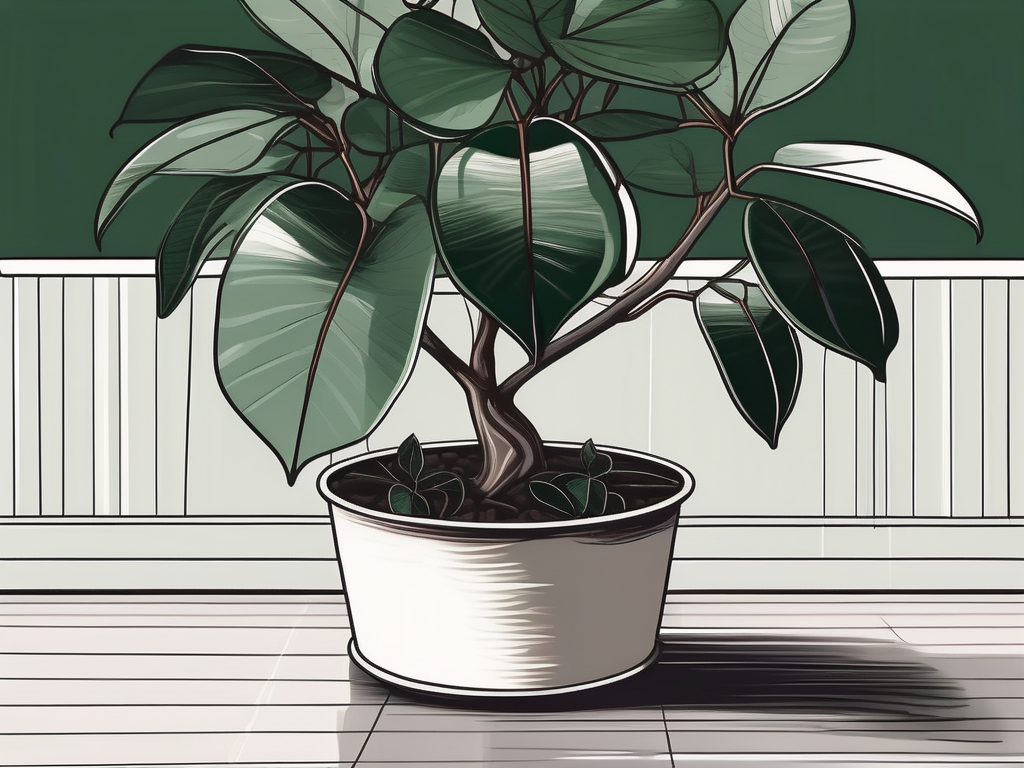
When you think of a rubber tree plant, you might picture a lush, leafy addition that can transform any corner of your home into a mini indoor jungle. Known for its striking green foliage and air-purifying abilities, the rubber tree, or Ficus elastica, is a popular choice for plant lovers. It's also quite forgiving, making it a fantastic option for both seasoned plant parents and beginners looking to green up their space.
In this article, we'll explore everything you need to know about rubber tree plants—from their origins and unique characteristics to practical care tips and how they can fit into your home decor. So, whether you're looking to add one to your collection or already have a rubber tree and want to improve your care routine, you're in the right place.
Getting to Know the Rubber Tree Plant
The rubber tree plant hails from Southeast Asia and has been a beloved houseplant for generations. Its scientific name, Ficus elastica, hints at its original commercial use as a source of natural rubber. While it's no longer harvested for rubber production, its attractive, glossy leaves have kept it in the limelight as a household ornamental plant.
Rubber trees can grow impressively tall outdoors, reaching heights of up to 100 feet. Indoors, they are much more manageable, generally capping at around 6 to 10 feet, depending on the care and space provided. Their leaves are thick, shiny, and dark green, with some varieties boasting variegated patterns in shades of cream and burgundy. This striking foliage is one of the many reasons rubber trees are cherished by plant people.
Beyond their aesthetic appeal, rubber trees are known for their air-purifying qualities. They can help filter toxins from the air, such as formaldehyde, making them not just a pretty face but also a healthy addition to your home.
Choosing the Right Spot for Your Rubber Tree
Location is key when it comes to keeping your rubber tree happy. These plants thrive in bright, indirect light, which mimics their natural environment under the canopy of larger trees. A spot near a window where they can bask in filtered sunlight is ideal. However, be cautious of direct sun exposure, as it can scorch their delicate leaves.
If your home lacks abundant natural light, don't fret. Rubber trees are quite adaptable and can tolerate lower light conditions, although their growth might slow down. Just keep in mind that they might not develop as vibrant foliage in dimmer settings.
- Bright, indirect light: Place near a window with filtered sunlight.
- Avoid direct sun: Protect from harsh rays that can damage leaves.
- Low light tolerance: Growth may be slower, but survival is still possible.
Temperature is another factor to consider. Rubber trees prefer temperatures between 60-75°F (15-24°C). They can handle slightly cooler or warmer conditions, but sudden temperature drops or drafts can stress them out. Try to keep your rubber tree away from cold windows, air conditioning vents, and heaters to maintain stable conditions.
Watering Your Rubber Tree Plant
When it comes to watering, rubber trees prefer a balanced approach. Overwatering and underwatering can both cause issues, so it's important to find that sweet spot. The general rule of thumb is to let the top inch of soil dry out between waterings.
One way to check is by sticking your finger into the soil. If it feels dry, it's time to water. If it's still moist, give it a few more days. In the warmer months, you might find yourself watering more frequently, while in the cooler months, your rubber tree will require less hydration.
- Check the soil: Allow the top inch to dry out before watering.
- Adjust with seasons: More frequent watering in summer, less in winter.
Be mindful of the pot's drainage. Rubber trees dislike being waterlogged, so ensure that the pot has drainage holes to prevent root rot. If water tends to pool at the bottom, consider using a pot with better drainage or adding some pebbles to the bottom to help with water flow.
Feeding Your Rubber Tree
Fertilizing your rubber tree can encourage healthy growth and vibrant foliage. During the growing season, which typically spans spring and summer, a monthly feeding with a balanced, water-soluble fertilizer can work wonders. Simply dilute the fertilizer according to the package instructions and apply it when you water.
In fall and winter, your rubber tree will enter a dormant phase, so it's best to hold off on fertilization. This rest period allows the plant to conserve energy and prepare for the next growing season.
- Use balanced fertilizer: Opt for a water-soluble type during the growing season.
- Monthly feeding: Feed once a month in spring and summer.
- Skip in winter: Avoid fertilizing during the dormant period.
Remember, too much fertilizer can harm your plant, so err on the side of caution and avoid overfeeding. If you notice any signs of fertilizer burn, such as browning leaf tips or edges, reduce the amount or frequency of feeding, and flush the soil with water to remove excess salts.
Pruning and Repotting Your Rubber Tree
Rubber trees can grow quite large if left unchecked, so regular pruning is essential to maintain their size and shape. Pruning also helps promote bushier growth by encouraging the plant to branch out.
To prune your rubber tree, use a clean, sharp pair of scissors or pruning shears. Cut just above a leaf node (where leaves emerge from the stem) to encourage new growth. You can also remove any dead or damaged leaves to keep the plant looking tidy.
- Pruning tools: Use clean, sharp scissors or shears.
- Cut above leaf nodes: Promotes branching and bushier growth.
- Remove dead leaves: Helps the plant stay healthy and neat.
As for repotting, rubber trees benefit from moving to a larger pot every couple of years. This gives the roots room to grow and prevents the plant from becoming root-bound. When repotting, choose a pot that's 1-2 inches larger in diameter than the current one and use fresh potting soil to provide nutrients. Be gentle when handling the roots to avoid unnecessary stress.
Dealing with Pests and Common Issues
Like many houseplants, rubber trees can occasionally fall victim to pests like spider mites, mealybugs, and scale. These pesky invaders can cause leaf damage and stunt growth if left unchecked.
Fortunately, there are several ways to tackle these problems. For mild infestations, a simple wipe-down with a damp cloth can remove pests from the leaves. For more severe cases, try using insecticidal soap or neem oil, which are both effective and safe for indoor use.
- Spider mites, mealybugs, scale: Common pests that may appear.
- Wipe down leaves: Use a damp cloth for minor infestations.
- Insecticidal soap or neem oil: Treats more serious pest issues.
Aside from pests, rubber trees may experience leaf drop, yellowing, or browning of leaves, often due to improper watering or lighting conditions. If you notice any of these issues, reassess your care routine and make necessary adjustments to keep your plant thriving.
Incorporating Rubber Trees into Your Interior Design
Rubber trees are versatile plants that can complement a wide range of interior design styles. With their bold foliage and ability to grow tall, they can serve as a focal point in a room or add a touch of greenery to an otherwise neutral space.
For a modern, minimalist look, consider placing your rubber tree in a sleek, simple pot that highlights the plant's natural beauty. If you prefer a more eclectic or bohemian vibe, a colorful or patterned pot can add an extra layer of intrigue.
- Focal point: Use as a centerpiece in a room.
- Modern style: Opt for a sleek, simple pot.
- Eclectic style: Choose colorful or patterned containers.
Don't be afraid to experiment with different placements and arrangements to find what works best for your space. Whether you're decorating a cozy apartment or a spacious home, rubber trees can bring life and freshness to any setting.
Caring for Rubber Tree Varieties
While the classic rubber tree is undeniably popular, there are several varieties to consider, each with its own unique charm. Some of the most sought-after varieties include the 'Burgundy' with its deep, reddish leaves, and the 'Variegata', which boasts beautiful cream and green patterns.
Caring for these varieties is generally similar to the standard rubber tree, but there are a few nuances to keep in mind. Variegated types, for example, may require more light to maintain their vibrant patterns, so placing them in a slightly brighter spot can help.
- 'Burgundy': Known for its deep, reddish leaves.
- 'Variegata': Features striking cream and green patterns.
- Light requirements: Variegated types may need more light.
No matter which variety you choose, the fundamental care guidelines—proper watering, lighting, and feeding—apply across the board. With the right approach, all rubber tree varieties can thrive and add beauty to your home.
Benefits of Having a Rubber Tree Plant
Beyond their visual appeal, rubber trees offer several benefits that make them a valuable addition to your home. As mentioned earlier, they are excellent at purifying the air by filtering out harmful toxins, promoting a healthier indoor environment.
Moreover, rubber trees can contribute to your mental well-being. Studies have shown that having plants in your home can reduce stress levels, boost mood, and increase productivity. The presence of a thriving rubber tree can create a calming atmosphere and provide a sense of accomplishment as you watch it grow and flourish.
- Air purification: Removes toxins like formaldehyde.
- Mental well-being: Reduces stress and boosts mood.
- Calming atmosphere: Contributes to a relaxing home environment.
Additionally, rubber trees are relatively low-maintenance compared to some other houseplants, making them an excellent choice for busy individuals or those new to plant care. Their resilience and adaptability ensure that even if you make a few mistakes along the way, your rubber tree will likely bounce back and continue to thrive.
Final Thoughts
Rubber trees are a fantastic choice for anyone looking to add a touch of greenery to their home. With their striking leaves, air-purifying properties, and relatively easy care, they offer both beauty and benefits. By understanding their needs and providing the right environment, you can enjoy a healthy and flourishing rubber tree for years to come.
If you're looking to expand your plant collection, consider visiting Cafe Planta, where you'll find a variety of houseplants, plant care accessories, and even plant-themed apparel. We love connecting with fellow plant lovers and are always here to help with any questions. Feel free to email us or reach out on Instagram. Let's continue to nurture our love for plants and create beautiful, thriving spaces together.














